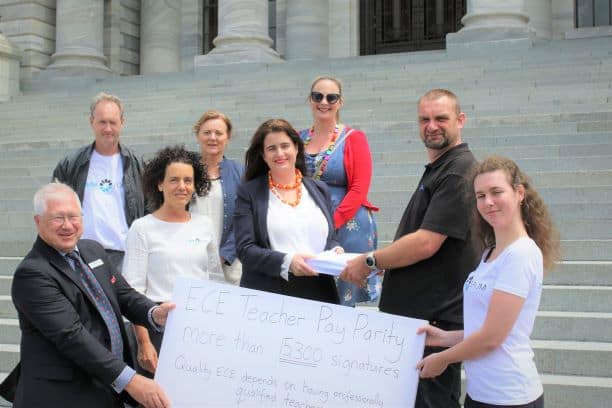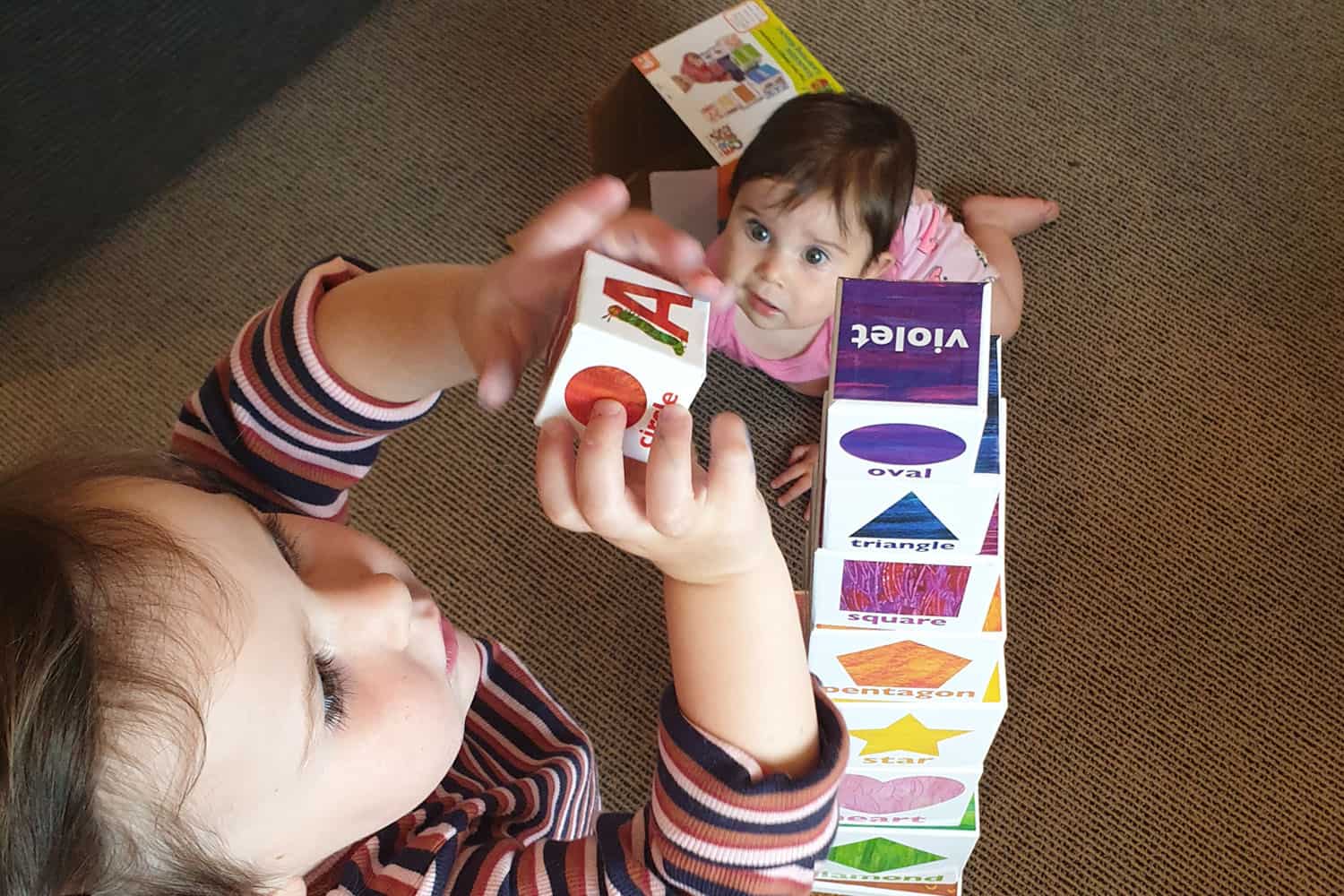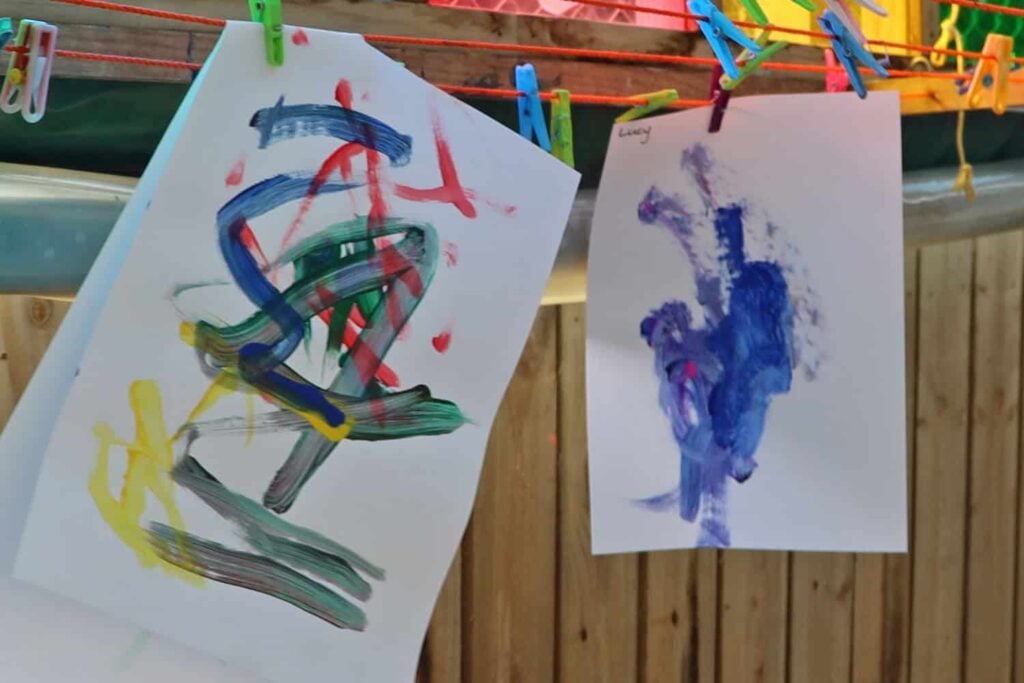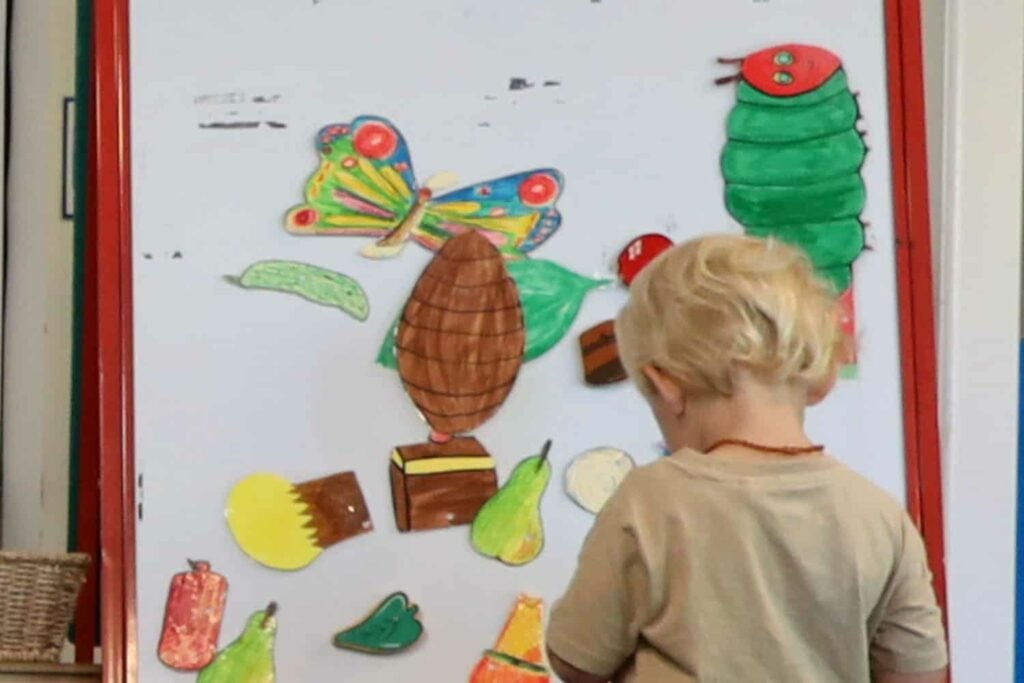Pay Parity Campaign Update.
June 9, 2020.
Since our last update in November 2019 we have continued advocating for young children to have teachers who are respected as teaching professionals and are therefore appropriately remunerated.
The Government can do this directly through the attestation rates set by the Ministry of Education to ensure teachers are paid on the same salary scale, and to ensure that funding is used for salaries.
Listen to What the Minister and Others are now Saying
Since we started our campaign there has been a shift in rhetoric.
The Minister of Education now agrees that all qualified teachers working in ECE should have pay parity with school teachers; late last year he stated that the current situation “is unacceptable and is unsustainable” and that pay parity is something that the government is “aiming towards”.
He is now saying things like:
- “Early childhood education is my top priority in this year’s budget.”
- “Our government believes in pay parity.”
- “Qualified and registered teachers deserve to be paid fairly, whether they work in a primary school, a secondary school, a kindergarten or an education and care service.”
- “The government is committed to pay parity in early childhood education and we are going to keep chipping away at it and keep working on that.”
- “We don’t want to see more teachers leaving the system.”
- And, talking about the KTCA rates and the pay of other teachers not covered by it; “That pay disparity is unfair, it is unacceptable and it is time to end it.”
When we started our pay parity campaign NZEI tried to persuade us to drop pay parity and support their pay equity campaign.
When David Haynes wrote a paper comparing parity and equity he shared it with NZEI’s Early Childhood National Caucus, attempting to get their support for pay parity. NZEI was not interested. Now that the Minister openly supports pay parity, NZEI are saying to the media they are supporting pay parity too. We think that is fantastic. NZEI, thanks for joining the movement.
But Watch What They Actually Do
The Minister had raised expectations with his statements about the government believing in pay parity and with ECE being his highest budget priority. Unfortunately, what was delivered by him through Budget 2020 was underwhelming.
ECE funding was increased by 2.3% from 1st July 2020 and a further 1.6% from 1st January 2021. The attestation rate was increased to the very bottom rung of the KTCA scale, so the only qualified ECE teachers to achieve pay parity (for now – and this can be taken away as soon as school and kindergarten teachers get another pay increase) are those with the most basic qualification accepted by the Teaching Council and who are in their first year of teaching.
The Minister removed the recognition of higher-level qualifications that used to exist.
For a new teacher, 12 months after graduating the guarantee (for now) of pay parity disappears. The attestation rate is going to move to $23.97 per hour, yet during Covid-19 Level 3 ECE teachers working in centres for their normal rates of pay, and sometimes even less than that, found that the government was paying unqualified child minders $25 per hour.
Now, qualified and experienced ECE teachers find that they will be paid substantially more if they become teacher aides in primary schools. Qualified and certificated ECE teachers would, if they were teacher aides, start at Grade D on the pay scale. Their bottom step would be $29.46 per hour backdated to 12th February 2020, and this bottom step goes up to $30.34 on 27th November 2020. Step 6 of Grade D will go up to $35.72, and this is the rate that most ECE teachers would qualify for.
The Minister’s rhetoric sounds grand and encouraging, but his actions serve to devalue qualified ECE teachers and to give them every incentive to leave ECE teaching.
In his live Facebook video on 3rd June giving an update on recent announcements in education he admitted that there is no time-line and no action being taken to bring in pay parity. He said that it will depend on “a lot of things including government finances. Government is spending a lot of money on directly supporting people by Covid-19.” He added “but it’s something i’m going to continue putting up as part of Government’s budget rounds and as part of Government’s budget process.” The video can be found on our Pay Parity Campaign Facebook page if you would like to watch it and add your comment.
Chris Hipkins – why are you saying ECE teachers must be cheerful to accept low pay in order to support people affected by Covid-19? You are not asking teacher aides to sacrifice. You are not asking primary and secondary teachers to drop in pay to that of ECE teachers. And you haven’t said that teachers who work in privately-owned community-based kindergarten associations should sacrifice their pay parity. When will you follow through on the commitment Hon Trevor Mallard made in 2002 that the Labour Government would bring in pay parity all ECE teachers across the sector? ECE teachers, have waited long enough! This is a major workforce issue. It is affecting children. (Dr Sarah Alexander)
Our campaign has a long way to go, but we need to stimulate urgent action before too many more ECE teachers leave the profession.
And What Are We Doing?
Our Clear, Simple Message
Our message is clear and simple. Qualified ECE teachers are valuable professionals. They should have pay parity with their kindergarten and school teacher peers. We are delighted that our clear message has been accepted by the Minister.

The Pay Parity Petition
Shortly after our last update the pay parity petition was presented to MPs on the steps of parliament. This petition, initiated by ECE teacher James Lochead-MacMillan, had over 15,000 signatures – many, many more than NZEI’s petition which did not mention pay parity. Because it was presented to MPs and not to the Minister it cannot just be put away to gather dust. It has been considered by the Education and Workforce Select Committee who have asked James to address them, but Covid-19 has delayed this. The petition is still alive and well and working for you.
The Education and Training Bill
The Education and Training Bill provided an opportunity to ask for pay parity for ECE teachers to be written into law. We provided a boilerplate submission and many of you used that to help the Education and Workforce Committee consider pay parity. Our argument for including pay parity in legislation was that, because employers did not control government funding, teachers and employers could not bargain in good faith as required by the Employment Relations Act. Teachers therefore needed to be protected by another piece of legislation. The select committee has not yet reported back to the House on this Bill, so we don’t yet know if our argument has been accepted.
Using the Attestation Rate Mechanism for Pay Parity
We have identified a simple mechanism to achieve pay parity; which is that the Ministry of Education require attestation that services are paying at KTCA rates in exchange for kindergarten levels of funding.
On 25th May ChildForum, represented by Dr Sarah Alexander, Tolo Pereira, Bethany O’Hagan and Heather TeHuia QSM, met with Ministry of Education officials to show them that more than 500 ECE services had signed up to paying their staff at KTCA rates provided they received the ‘kindergarten’ level of funding.
There are no grounds for withholding pay parity over concerns that the money would not reach teachers.
Learn more about this and see the list of names of the wonderful ECE services and providers that support pay parity here. If your service is teacher-led, it is not too late to complete the form for funding at kindergarten rates for teacher pay parity.
So, What Next?
Our message is starting to get through – the Minister has accepted the need for pay parity. However, ECE teachers can’t wait for the Minister to “keep chipping away” at pay parity, budget by budget, for year after year. With the teacher aide settlement he has shown that bold one-off corrections to pay injustices can be corrected in one go, and be backdated too.
We are continuing to remind the Minister of his promises and continuing to look for other ways to keep the pressure on. At the end of the day pay parity needs money and there are only two ways to make that happen; in annual budgets, which is proving too slow or, like the teacher aides’ settlement, by proving that the current situation is not legal. Regardless of cost, Government must put something right if it does not comply with the law. We are investigating:
- Is it legal to fund ‘kindergartens’ at a higher rate than other teacher led ECE centres? Given the current provisions of the Education Act we don’t think that it is. We believe that the law requires there to be just one table in the ECE Funding Handbook, not two. All teacher-led ECE centres, including those with the word “kindergarten” in their names should be funded at the same rate.
- Who is covered by the KTCA? The Secretary for Education can only negotiate a KTCA that applies to teachers who are members of the State sector. The law is quite clear; to be covered by the State Sector Act an ECE teacher must be employed by a “free kindergarten association that controls a free kindergarten”. The KTCA itself uses different terminology to describe who is covered. It talks about “kindergarten teachers employed by kindergarten associations”. The Ministry of Education has said “While the terms kindergarten and free kindergarten association (used in the definition of free kindergarten) are not defined in either the State Sector Act 1988 or the Education Act 1989, they do have a well-recognised ordinary meaning, particularly in the context of the New Zealand education system.” Because these terms are not legally defined, who is to say which organisations are or are not a “free kindergarten”? We believe that in common usage the word “kindergarten” is often used to mean any teacher led ECE centre. That is its “well recognised ordinary meaning”. We believe that two possible interpretations of the law are that either:
- the KTCA applies to no-one, or
- the KTCA applies to all qualified teachers working in teacher led ECE centres that have the word “kindergarten” in their names, and if that is the case then all centres will change their names to include “kindergarten”.
- Does the Ministry of Education follow its own declared processes when deciding which centres should receive the ‘kindergarten’ rate of funding? We believe that there is plenty of evidence to show that it doesn’t.
- Was the 2011 Cabinet decision to stop granting funding increases to centres outside the KTCA properly informed and legal? From documents obtained under the Official Information Act we believe that Cabinet’s original decision was flawed and that the Ministry of Education did not provide Cabinet with all relevant facts. We are investigating how this might help the pay parity campaign.
Final Thought
It is encouraging to see the Minister confirm that the Government believes in pay parity. But much more than words is needed. The fight to get pay parity accepted as the target is won.
Now we need the Minister’s and political party commitment to make sure this happens – and asap.
Kia kaha everyone. We must get pay parity for teachers in ECE.
* This Pay Parity Campaign Update was provided by the pay parity steering group: Karen Girvan, Bethany O’Hagan, Dr Sarah Alexander, and David Haynes
Comment contributed by a member
Thank you Dr Sarah Alexander and team for your never ending fight for ece teachers who are not working in kindergartens for pay parity. Few points I want to include here for discussion:
– Do NZ lawmakers ever understand that teachers who teach and care for our children including under-twos in early learning services have the most important role and responsibilities in the teaching profession?
-The ece research community has been advocating for many years how children’s brains accelerate in growth and development during the first five or six years of life. These are the most critical time to lay the foundation of their personalities and life-long learning.
-These are the children we teach in many childcare-based services in partnership with their families, whanau and ‘aiga. Take away that discriminatory name ‘childcare’ and call all our services early childhood education for care is included or early learning services. Often people look at us as only child-carers and not teaching children.
-All ece teachers in NZ are required to follow Te Whariki, the ece national curriculum which covers all ages from zero to 5-6 years. We are all regulated under the ECE Regulatory Framework including kindergartens. Why are we paid differently? Do the children they teach in kindergartens not only worth more in terms of funding rate but are more important human beings than the children we teach in non-kindergarten services?
– Higher level of education follow the same process and regulations in curriculum implementation. Why is pay/wages different between us and them?
– Does ERO have a different review process for kindergartens from us being called childcare services as well as Teachers’ Council Code of Conduct and Teaching Standards? If not, why are we treated different in pay parity as we are all aiming for quality and compliance. The children we teach whether at Kindergartens or childcare services are all citizens of New Zealand. Why the two systems when it comes to pay parity between these services?
– Qualifications – many of our childcare teachers hold Teaching Diplomas and Bachelor of Education Teaching- Why are we treated differently in pay parity?
IS THIS A FAIR SYSTEM UNDER THE NEW ZEALAND LAW????









